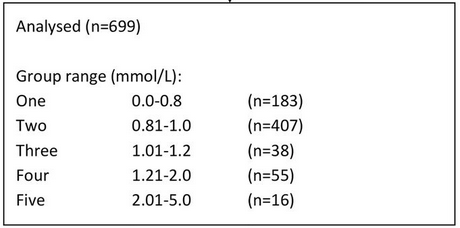Article
Common Bipolar Treatment Contributes to Kidney Damage
Author(s):
Patients with bipolar disorder who are treated with lithium have a higher risk for long-lasting kidney damage and thus require rigorous monitoring.
Patients with bipolar disorder who are treated with lithium have a higher risk for long-lasting kidney damage and thus require rigorous monitoring, according to research published on November 7, 2014, in BMJ Open.
Noting that the current literature acknowledges lithium’s contribution to a loss of kidney function, researchers from the School of Pharmacy at the University of East Anglia in the United Kingdom aimed to establish a link between short-term exposure to high levels of lithium and kidney damage.
To do so, the investigators observed 699 patients who had received the mainstay bipolar disorder treatment over the past 10 years. Patients were included if they had at least 1 lithium and 1 creatinine reading recorded between 2002 and January 2013.
The patients were stratified into 5 groups based on their lithium levels, which were divided into the following ranges:

According to the researchers, patients in groups 3 and 4 demonstrated significant decreases in filtration by the kidneys, as measured by changes in estimated-glomerular filtration rates (eGFRs) from baseline, within the first 3 months of exposure to elevated lithium levels. At 6 months follow-up, group 4 still demonstrated a decline in eGFR, though the researchers noted that finding was not significant.
Kidney function remained significantly reduced for up to 9 months following exposure to a lithium level >1.0 mmol/L, the researchers found.
“Our analysis shows for the first time that a single exposure to a lithium level >1.0mmol/L is associated with an increased risk of kidney function impairment in the following 3 months and that the higher the level, the greater the effect,” said lead study author Emma Kirkham in a press release. “This highlights the need for regular monitoring undertaken at least every 3 months, and that monitoring should not be reduced further until the impact of more than one high-level of lithium has been fully established.”
The researchers said their next step is to establish the long-term effects of multiple exposures to high lithium levels.





